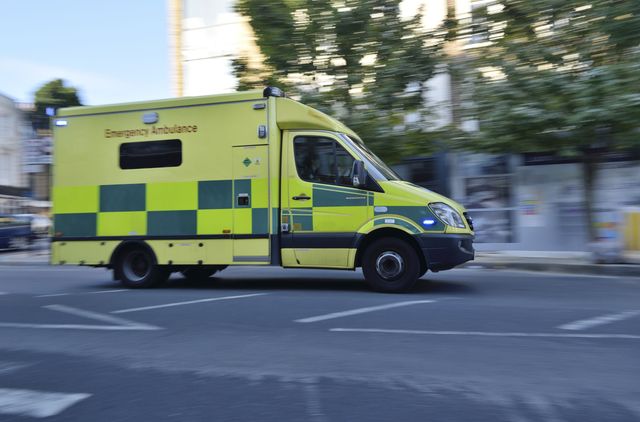Over the past four years, there has been a significant spike in acid attacks across the UK.
In 2016, there were 454 attacks compared to 216 in 2015 and 162 in 2012, according to the BBC.
While full figures haven't been made available for this year, there has been several high-profile instances reported over the past couple of months alone. Last month, the Evening Standard reported that six people had acid thrown over them in London in just 24 hours.
The instances have become so prevalent that senior doctors have now waded in to warn bystanders that they can make a real difference to the victim if they act fast.
Writing in the British Medical Journal, doctors at Barts Health NHS Trust in London and the Royal College of Emergency Medicine call for public education in how to help acid attack victims explaining "bystanders who come to the aid of the victim of an attack can have an important role in minimising further injury".
The first step, consultant emergency physician Johann Grundlingh and colleagues write, is to remove the victim from further exposure as soon as possible.
"Irrigation of the affected area with copious amounts of water is vital to remove the chemical and should be performed as soon as possible to minimise the long term effects of scarring and need for surgical reconstruction," they write.
Even when the victim is in the emergency department, it is important to continue washing off all the acid with water "starting at the area of contamination or the face or eyes".
Last month, the London Ambulance Service also issued advice on what to do if you or someone you witness has suffered a chemical burn.
- Remove the chemical while protecting yourself. Wear gloves or use a towel.
- Remove contaminated clothing or jewellery to prevent further burning.
- Rinse the burn immediately with a gentle steady stream of cool tap water for 10 minutes or more. They note a shower can be used as can mild soap on skin. You must protect your eyes when washing acid off your skin.
- Loosely apply a dry bandage, gauze or clean cotton clothing.
You should seek emergency care if:
- The person is showing signs of shock (fainting, pale or shallow breathing).
- The chemical has burnt through the first layer of skin and blisters have formed
- The burn covers an area more than three inches in diameter and if the burn goes all the way round a limb or involves the eyes, hands, feet, face, groin, buttocks or a major joint like the knee or elbow.
Helping or getting help as soon as possible is essential because acid burns can cause physical and mental distress to people for the rest of their lives.
"The assailants' intention is not to kill, but to maim and disfigure," they write . "As the chemical is often thrown into the face, the victims are likely to be left blind and severely disfigured"
The police have suggested the recent wave of acid attacks could be linked to gang activity. The BBC figures from the Metropolitan Police showed that men are twice as likely to be victims and that "corrosive fluids" have been used in murders, robberies and rapes. It is thought gangs now prefer the use of acid as it is easy to get hold of and not easily traceable back to the perpetrator.
















